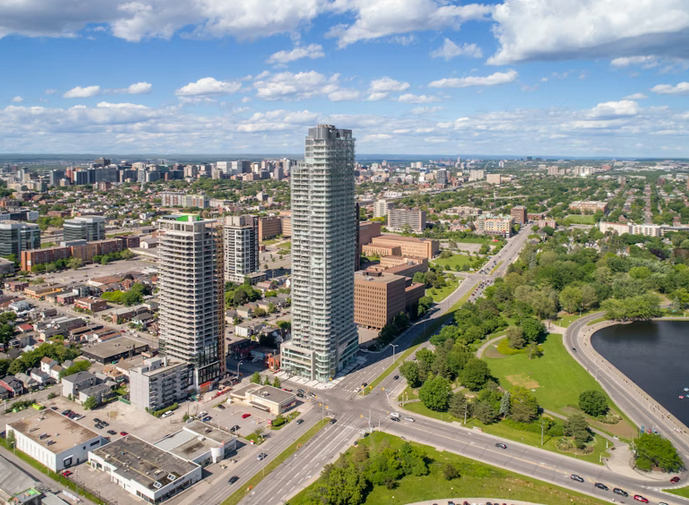
What Every Buyer Should Know About HOA Fees in Toronto Condos
The numbers on a condo listing rarely tell the whole story. For many buyers, the real financial picture lies in the HOA fees. Yes, we’re talking about those monthly payments that cover building upkeep and amenities. If you’re considering options, such as this listing in Bloor Street West, knowing how fees are structured can help you separate a dream purchase from a financial headache.
Look Closely at What’s Included
HOA fees are the backbone of shared living. They usually cover essentials such as building maintenance, utilities for common areas, and landscaping. Some even include heating or water, while others leave those expenses to individual owners. The variation can be striking. Two similar units in Toronto may have fees that differ by hundreds of dollars each month simply because of what’s bundled in. That’s why a careful review of the fee breakdown should be one of your first steps. Think about your own lifestyle too. If a building boasts a rooftop pool you’ll never dip a toe into, you’re effectively paying for someone else’s summer fun.
Pay Attention to Increases Over Time
Monthly fees don’t always stay steady. Many condo corporations raise them annually to cover rising costs or unexpected maintenance. While small increases are normal, sudden spikes can be a red flag. Before moving forward, ask for a history of the last five years. This record will show you whether the board has managed costs consistently or leaned too heavily on residents to fill gaps. Predictability often matters more than the exact dollar figure. Comparing similar buildings nearby can also be helpful. Patterns in the neighborhood can reveal what’s standard versus what might be cause for concern.
Understand the Reserve Fund

Behind every well-maintained building is a healthy reserve fund. This is the savings account that pays for major repairs such as elevator upgrades, roof replacements, or garage fixes. Without it, owners may face sudden special assessments that strain budgets. Request a copy of the most recent financial documents. They’ll tell you whether the building is setting aside enough for long-term needs. A strong reserve suggests stability, while a weak one could spell higher costs down the road.
Balance Amenities With Value
Part of the charm of condo living lies in shared amenities. Gyms, guest suites, and lounges can add convenience and comfort. But they also come with upkeep costs reflected in the fees. Ask yourself which amenities genuinely add value to your daily life. A well-equipped gym might save you a separate membership, while a private movie room may gather more dust than guests. The trick is finding a building whose offerings match your habits. A short walk through during busy hours is revealing. Seeing how residents use common areas helps you gauge whether those amenities feel vibrant or simply ornamental.
Consider the Influence of Location

Where a condo stands in Toronto can shape its fees as much as its square footage. Established neighborhoods often carry steady costs, while brand-new developments may start low but climb as the building matures. Future city plans can also affect long-term affordability. A new transit stop or commercial project nearby might increase demand, but it can also raise upkeep expenses as more strain is placed on services. Even casual conversations with current owners can be insightful. They’ll often share candid stories about how fees have shifted and how effectively the board manages the building.…
